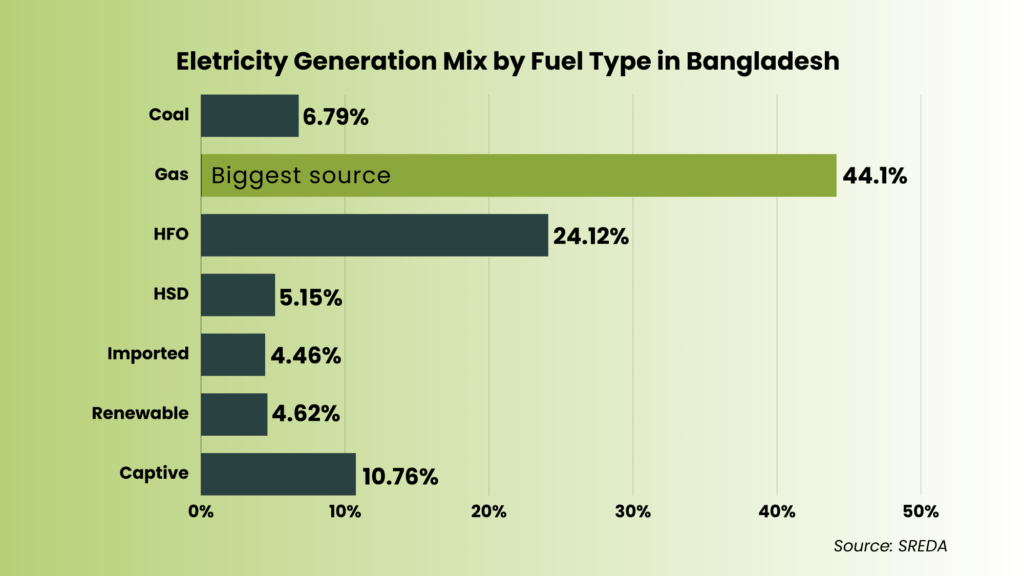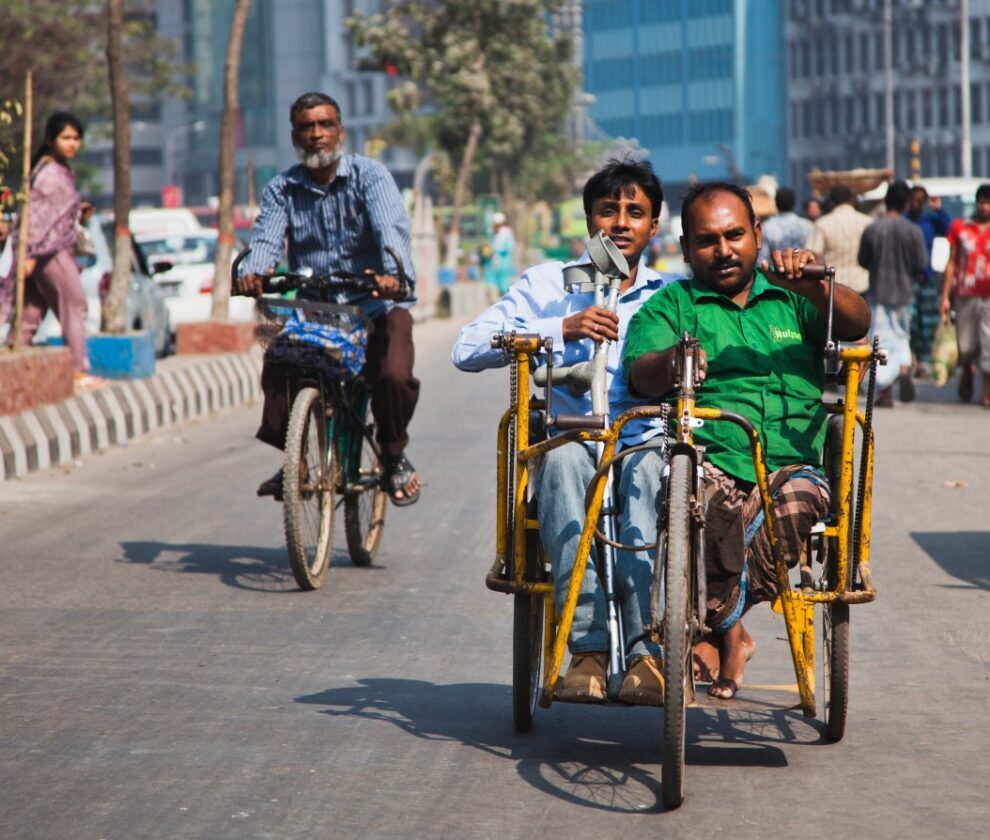In recent years, the global shift toward a low-carbon economy, aimed at promoting climate-resilient development, has gained significant attention for all the right reasons. In 2015, the Paris Agreement united nearly every nation in a pledge to cap Earth’s temperature rise at 1.5 degrees Celsius above pre-industrial levels. The Intergovernmental Panel on Climate Change (IPCC) warns of potential sea level increases of 1 to 3 feet by 2100, which could escalate if Antarctic ice sheets destabilize faster than anticipated. Keeping the temperature rise to 1.5 degrees Celsius could potentially halve this rise. To achieve this, the IPCC asserts that global net emissions must reach zero by 2050, demanding a balance between emissions released from fossil fuels and those removed from the atmosphere. According to the UNEPs “Emissions Gap Report 2023”, Energy is the dominant source of GHG emissions, currently accounting for 86 per cent of global CO2 emissions.
Global transformation of energy systems is thus essential, including in low- and middle-income countries, where pressing development objectives must be met alongside a transition away from fossil fuels. However, such transformational efforts can unintentionally place a heavier burden on specific communities, regions, and industries more than others. While the conventional energy transition primarily focuses on the shift from fossil fuels to renewable or clean energy sources, a “Just Energy Transition” takes an additional step by considering the social consequences, particularly in terms of employment and income, for those reliant on energy-related economic activities.
Towards a Sustainable Energy Shift in Bangladesh
According to the SREDA, National Database of Renewable Energy, the total installed capacity is 26025 MW(Coal 1768 MW, Gas 11476 MW, HFO 6278 MW, HSD 1341 MW, Imported 1160 MW, Renewable 1201.85 MW, Captive 2800 MW). To reduce dependency on fossil fuels, initiatives of renewable and nuclear-based power generation have been considered to ensure clean energy penetration to the power generation.

Over the past decade, Bangladesh has redirected its energy sector towards greater diversity and renewable sources, aligning with its commitment to reduce carbon emissions outlined in its National Determined Contributions (NDC) for 2021. A number of solar projects have been successfully implemented that provide 259 MW power in the national grid and 418 MW in off-grid basis. Despite currently relying on renewable sources for only 4.62% of its power generation, the government aims to boost this share to 40% in the next two decades. Although the target was later revised as a plan to achieve clean energy up to 40% of total energy. As per plan, renewable energy generation of 3,000 MW will be added by 2030. The government strongly believes that the new development of domestic coal should be avoided due to the problems faced by residents as well as for its environmental impacts. Therefore, no expansion of coal import facilities is assumed except for a coal transhipment terminal in Matarbari.
Bangladesh’s government is focusing on increasing the production and use of renewable energy and improving energy efficiency, as outlined in key policy documents like the Energy Efficiency and Conservation Master Plan and the Renewable Energy Policy of Bangladesh (2008). The Renewable Energy Policy-2022 has brought several changes in the implementation and spread of renewable energy, which is more detailed and rich in new proposals than the original policy. Additionally, the Mujib Climate Prosperity Plan (MCPP) has set a target to source 30% of the nation’s energy from renewable sources, indicating a strong commitment to a sustainable and low-carbon energy future. Another one is Integrated Energy & Power Sector Master Plan (IEPMP) which is the first ever unified and structured master plan for the power sector of Bangladesh focusing on clean energy.
However, The real picture shows that Bangladesh’s progress towards switching towards renewable energy has remained slow and uncertain. The draft IEPMP highlights the scope and possibilities for renewable energy in the landscape of Bangladesh but lacks a specific work plan with a timeline for the transition to sustainable energy. There is no detailed plan for the necessary financial estimates for investment and maintenance of RE technologies that could be used to attain the goal of low- carbonisation. Additionally, there is no accurate policy framework for renewable and clean energy subsidies yet. Hence, it is necessary to consider additional measures such as implementing stronger regulations, increasing funding for research and development of clean energy technologies, and encouraging public-private partnerships to accelerate the transition towards a sustainable and low-carbon economy.
Ensuring the Energy Transition is JUST
Researchers haven’t thoroughly studied the potential effects, particularly on employment, that would arise from a significant shift towards renewable energy in Bangladesh. A study by the ILO in 2019 revealed that between 2011 and 2016, jobs in the solar energy sector of Bangladesh grew steadily at a rate of 18.5% annually, increasing from 60,000 to 140,000, compared to the national job growth rate of 1.9%. However, the potential adverse impacts on workers affected by these transitions have not been examined in a quantitative manner.
The International Energy Agency (IEA) anticipates that the transition to green energy will result in a net increase in new jobs in clean energy and mining sectors. It’s important to note that while these new jobs will outweigh losses in fossil fuel industries, addressing job losses as countries shift away from coal, oil, and gas is crucial.
To safeguard workers, communities, and women from the negative consequences of this energy transition, social protection measures are essential. The government can facilitate the shift to a green energy system by investing in green technology and retraining affected workers, particularly considering potential layoffs in the fossil fuel and non-renewable energy sector.
On a positive note, the new energy sector presents an opportunity to address deficiencies in well-being policies and gender disparities, provided that jobs are made more accessible to women, youth, and marginalized groups. Furthermore, if these new green jobs are in the formal sector, it can ensure that workers have greater access to union representation and social protection systems.
Traversing the Challenges of Just Energy Transition across Key Sectors
The largest energy consumers in Bangladesh are industries (28.4 percent) and the residential sector (56.42 percent), followed by the commercial (12.74 percent) and agricultural (2.43 percent) sectors. Highlighting high consumption sectors in Bangladesh, the Ready-Made Garments (RMG) sector, a major contributor to the country’s GDP, grapples with energy crisis and environmental challenges such as water resource consumption and untreated wastewater discharge, along with socio-economic issues like poor working conditions and job insecurity. The Energy sector seeks to shift from fossil fuel dependence to renewable sources, potentially creating new job opportunities, but faces challenges including financial constraints and concerns about green growth’s impact on the economy. Meanwhile, the Agriculture sector, vital to the country’s economy, is vulnerable to high energy costs, climate change impacts, particularly affecting smallholder farmers and women.
Inclusive strategies like Just Energy Transition strategies are crucial for reducing emissions, increasing equity, and enhancing resilience in these sectors, with potential for positive economic and environmental impacts if executed effectively. Foreign Buyers are seeking higher apparel prices to make supply chains environmentally friendly. For Bangladesh’s garment sector to transition to sustainability, it requires technology and financial support. However, upgrading technology must coincide with training workers to prevent displacement of unskilled, especially female, labor. Ensuring environmental compliance should also include ensuring decent living standards for workers.
Model to Mirror: Indonesia Just Energy Transition Plan
Indonesia’s work towards Just Energy Transition would be an ideal model for Bangladesh to take lessons from. The Indonesia Just Energy Transition Partnership (JETP) is a $20 billion agreement to decarbonise Indonesia’s coal-powered economy. This partnership was launched on November 15, 2022, at the G20 summit. The JETP aims to develop a comprehensive investment plan to achieve Indonesia’s decarbonisation goals. Under the JETP, Indonesia aims to reach net-zero emissions of greenhouse gasses from electricity production by 2050, bringing forward its target by a decade, and reach a peak in those emissions by 2030.
The partnership involves all G7 countries as partners, including Canada, Italy, and Japan. It also includes Denmark and Norway. The JETP will mobilize $20 billion over three to five years. $10 billion of public money will be mobilized by the International Partners Group members, and at least $10bn of private finance will be mobilized and facilitated by the Glasgow Financial Alliance for Net Zero (GFANZ) Working Group.
On a final note, as Bangladesh endeavors to transition towards a more sustainable and environmentally friendly energy system, it must not lose sight of the social and economic implications. A just energy transition is not only about reducing carbon emissions and embracing renewable energy; it’s about ensuring that the transition benefits all, leaving no one behind. By addressing these challenges and implementing inclusive policies, Bangladesh can lead the way in achieving a just and sustainable energy future.




